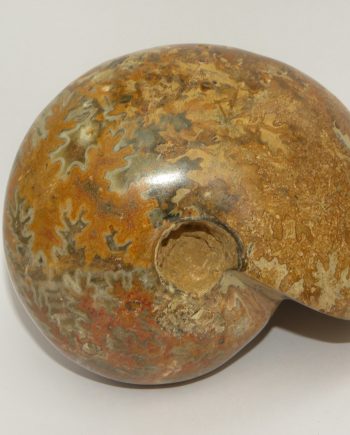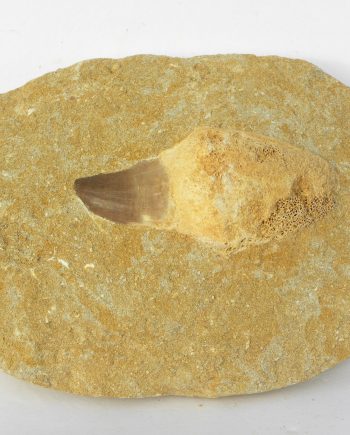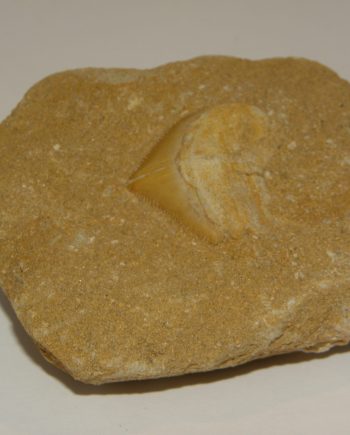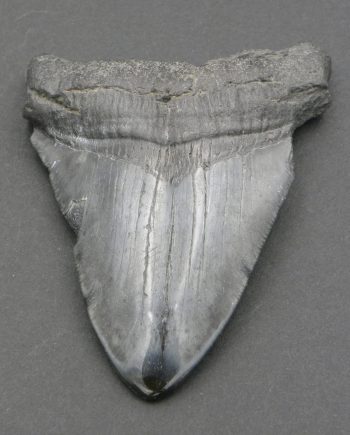Description
Ammonite Lytoceras 13.5cm across
This superb lytoceras ammonite measures 13.5cm across, and is a fine example of this unusual species of ammonite. They are distinguishable by the large horn shape, which makes them a very distinctive. Additionally their growth pattern is different from most other types of ammonite. This species is characterised by whorls that are exposed, and not enveloped. This specimen is from Madagascar, an important location for fossils and minerals. This fossilised lytoceras ammonite is from the Cretaceous period and is 120 million years old.
Ammonites have been extinct for 65 million years and are a form of Cephalopod, a group of marine molluscs. These first appeared in the Devonian Period, over 4oo million years ago. Generally only the outer shells of these creatures fossilise, the soft interior body tissues of the ammonites being too delicate. As the ammonite grew larger it added new chambers, with the creature itself only living in the largest, newest chamber. The actual name Ammonite, derives from from ‘Ammon’ the Greek God. Ammonites were plankton feeders, they had long tentacles, and they also swam upright. Altogether, there were in the region of ten thousand different species. The largest species were up to a metre across, whereas the smallest were only a millimetre. Ammonites became extinct 65 million years ago. The coleoids, squid, cuttlefish and also the octopus that swim in our seas now however, are closely related.











